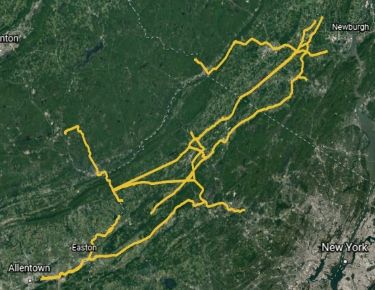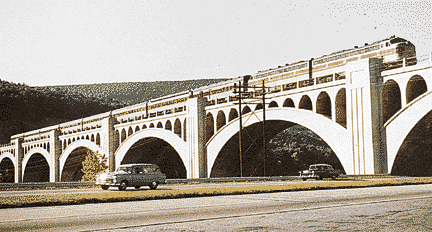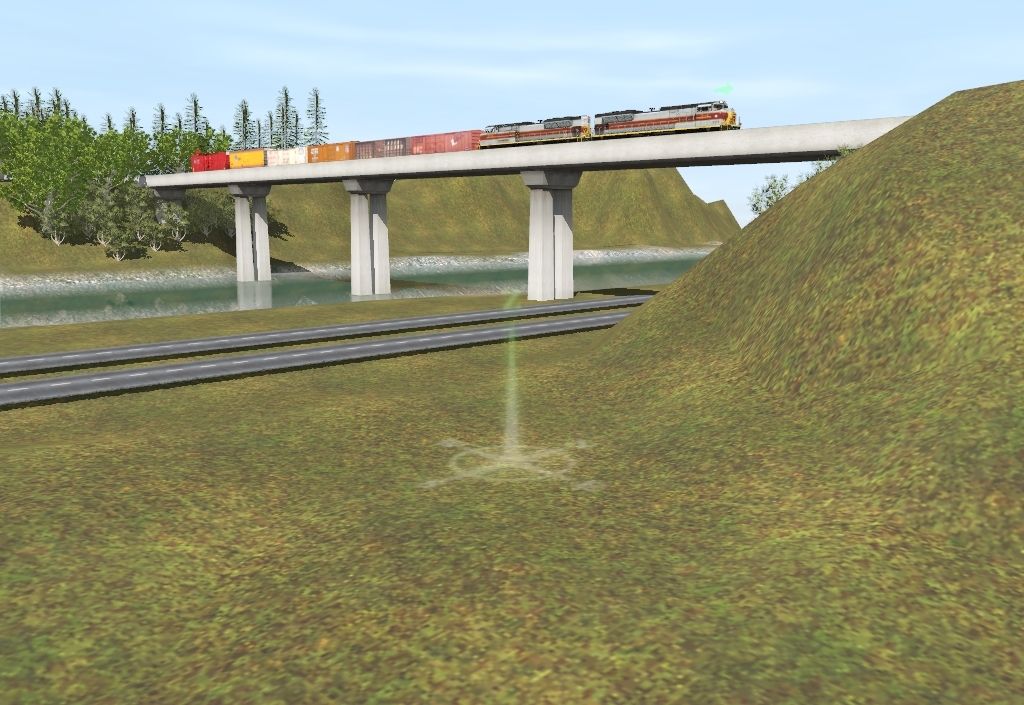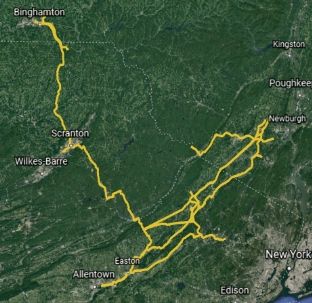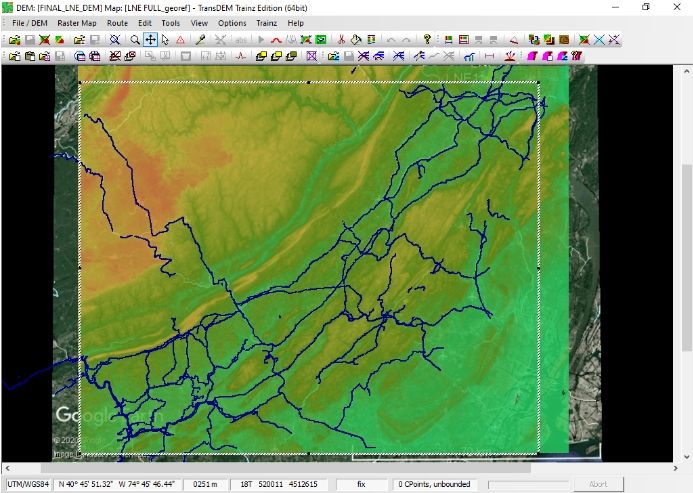nikkigirl1
Building "The Cutoff"
After freehanding the local rail-trail that runs through my family’s dairy farm in Trainz 2010, I have decided to take on the big venture of modeling the whole of the North New Jersey rail routes that have since been turned into rail-trails or left to be overtaken by vegetation and housing complexes. The DEM route will span from north of Campbell Hall, NY, where the Susquehanna has a wye and where the L&NE used to terminate. The route will then spider into a few general directions, most leading to portals to show where I really could not find any more track bed that still existed, but one line will run itself to Port Jervis where it goes to NJT, and another will progress down the old L&NE, through Sussex, Newton, Blairstown, all the way to where she crosses the Delaware and over some. I am debating on going right to the Pen Argyl Yard, but I have to wait for some of my outside sources to get to me since most of the L&NE track bed no longer exists on Google Earth. Also on the route will be the crossovers of the DL&W in Augusta as well as the NYSW-DL&W crossover at Warbasse Junction in Andover. The route will feature the famous DL&W Pequest Fill, Delaware Viaduct, and basically the whole Lackawanna Cutoff, which NJT plans on restoring service to in the coming years. The farthest the route spans is about down to Allentown, PA with the L&NE and to Mt. Pocono with the DL&W so far. DEM is still in extreme early stages, I can only add so far what trackbed I know exists on Google Earth, and most lines I connected on there are correct, with the exception of a few that I could no longer identify trackbed through buildings or overgrown vegetation. The route depending on the area will be set anywhere from the late 1950s right up to the modern day depending on what industries I want to include, and what content I can include in the route. Anyone that is familiar with the region and can help me in laying the trackbed in DEM is welcome to give me some pointers as this is just beginning, and even though it is my first route, this is hopefully going to be something I will be very proud of in TS2019.

Last edited:

